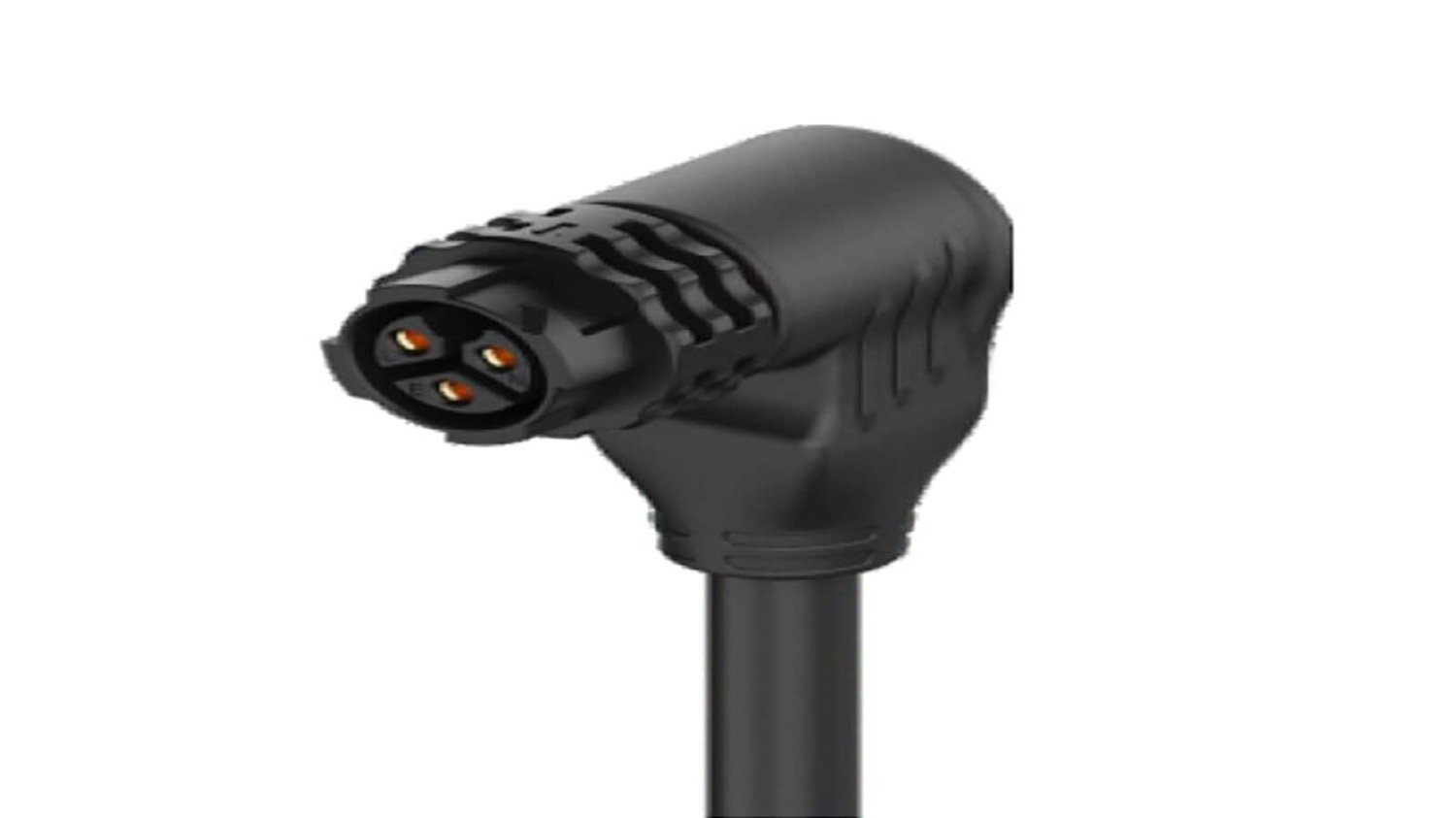Introduction
waterproof cable connections are essential for protecting electrical connections from moisture, debris, and other environmental factors that could cause corrosion or short circuits. Understanding the different types of waterproof cable connections available can help you choose the right solution for your needs.
Types of Waterproof Cable Connections
There are several types of waterproof cable connections available, including:
- Screw-on connectors - these require hand tightening to secure the connection and create a waterproof seal.
- Compression connectors - these use a compression fitting to create a waterproof seal.
- Soldered connectors - these use solder to connect the cables and create a waterproof seal.
- Heat shrink connectors - these use a heat-shrinkable sleeve to create a waterproof seal.
How Waterproof Cable Connections Work
The main feature of waterproof cable connections is their ability to prevent water from penetrating the electrical connection. These connections use various methods, such as compression fittings, seals, and heat shrink sleeves to create a waterproof seal around the connection. The seal prevents water and other environmental factors from corroding or short circuiting the connection.
The Benefits of Waterproof Cable Connections
There are several benefits to using waterproof cable connections, including:
- Protection from moisture and other environmental factors that can lead to damage or malfunctions.
- Long-term reliability and durability.
- Easy installation and maintenance.
- Availability in a variety of types and sizes to suit different needs.
How to Choose the Right Waterproof Cable Connection
When choosing a waterproof cable connection, consider factors such as:
- The intended use and environment of the connection.
- The type of cable and connector required.
- The level of waterproofing required.
- The ease of installation and maintenance.
- The cost and availability of the connection.
Applications of Waterproof Cable Connections
Waterproof cable connections are used in a variety of applications, some of which include:
- Marine and saltwater environments
- Outdoor lighting and landscaping
- Automotive and vehicle wiring
- Solar panel installations
- Industrial and manufacturing applications
- Medical and scientific equipment
Common Issues with Waterproof Cable Connections
Although waterproof cable connections are designed to be reliable and durable, there are some common issues that can arise, such as:
- Improper installation, which can lead to a weak seal or no seal at all.
- Wear and tear over time, resulting in a weakened seal.
- Environmental factors such as extreme temperature changes or exposure to chemicals.
Maintaining Waterproof Cable Connections
To ensure the longevity and reliability of your waterproof cable connection, it is important to maintain them properly. This includes:
- Regular inspections for signs of wear, damage, or corrosion.
- Tightening any loose connections or sealants.
- Replacing connections or fittings that show signs of wear or damage.
- Using protective coverings or sleeves if necessary.
- Following the manufacturer's instructions for installation and maintenance.
Conclusion
Waterproof cable connections are an essential part of electrical systems that require protection from moisture, debris, and environmental factors. By choosing the right type of connection and maintaining it properly, you can ensure reliable and long-lasting electrical performance in a variety of applications.

